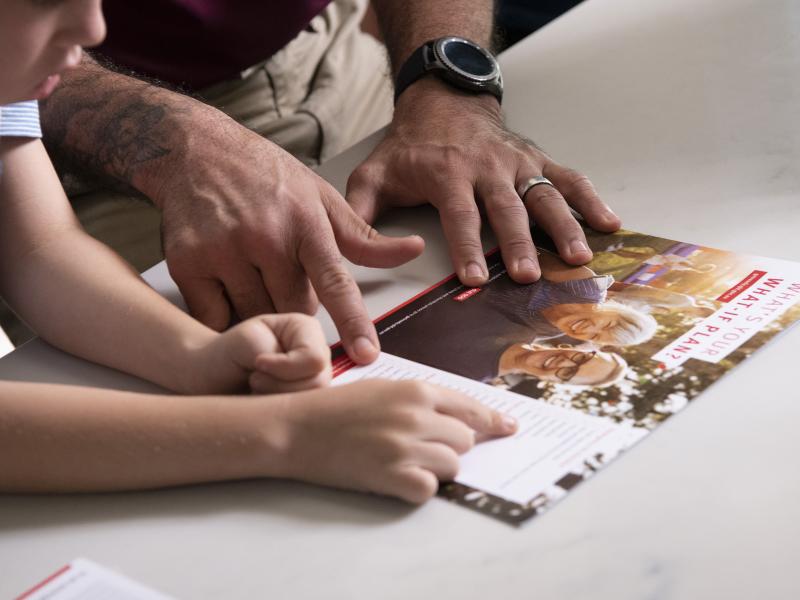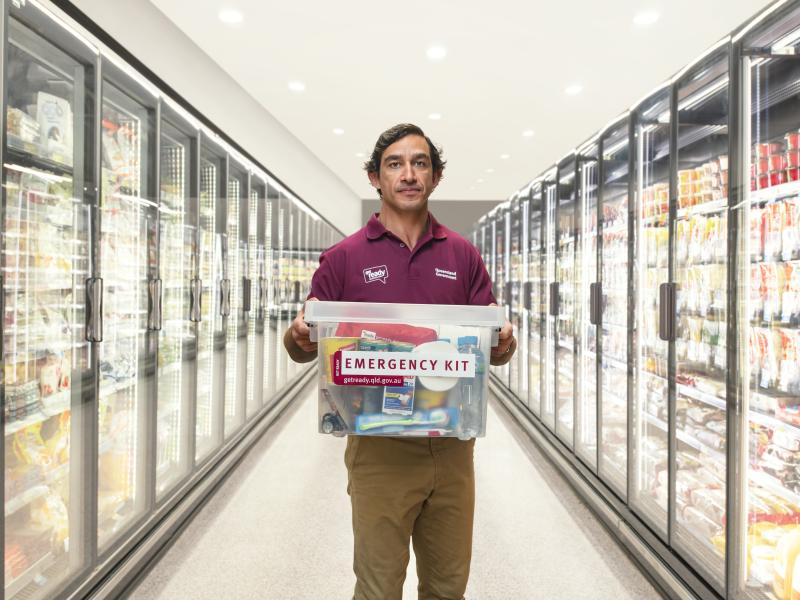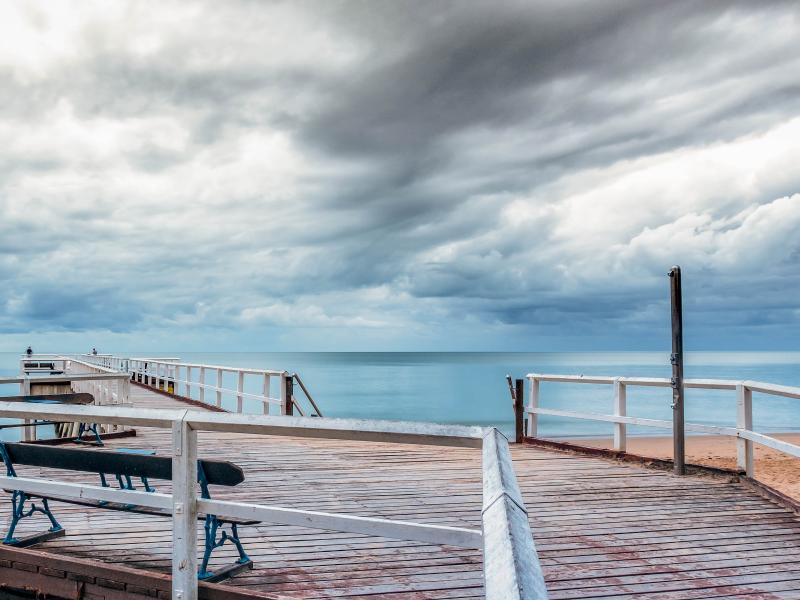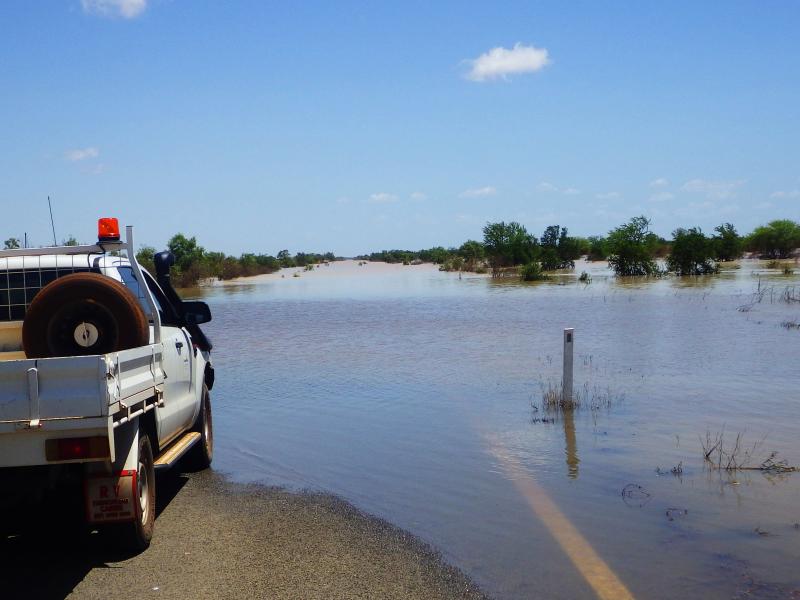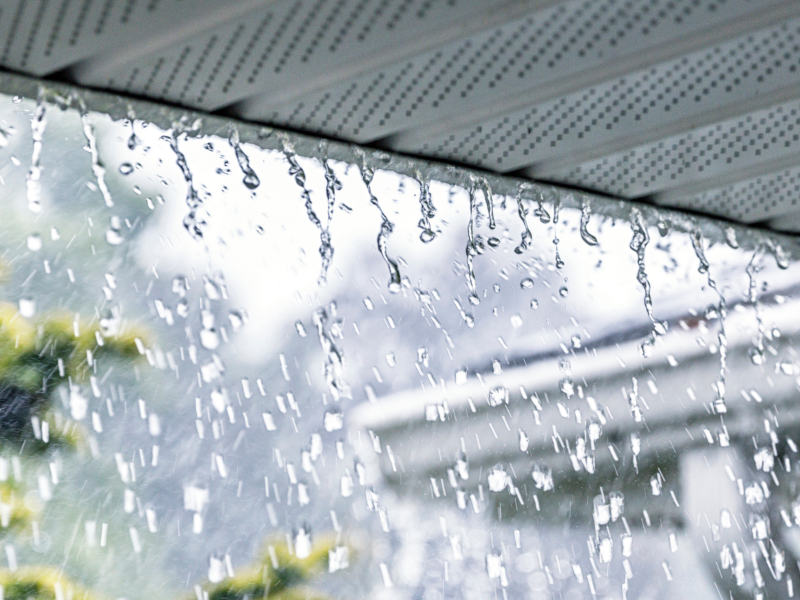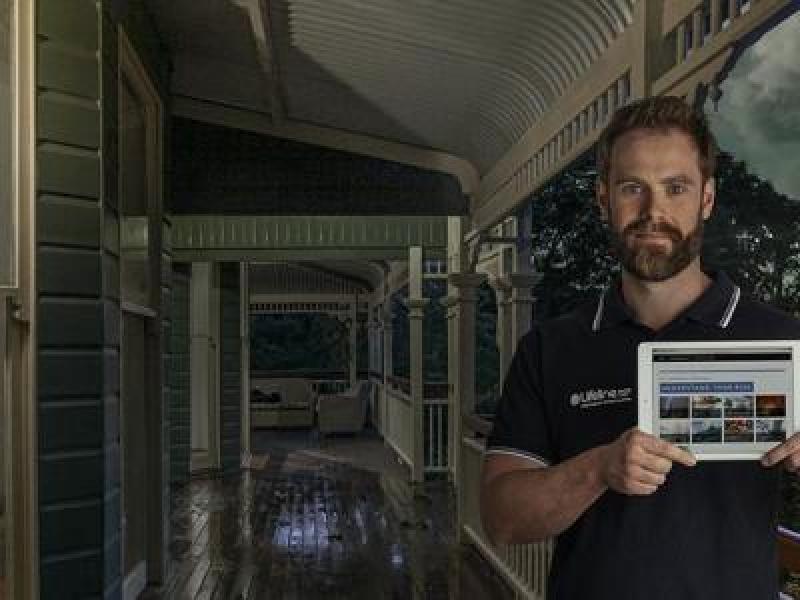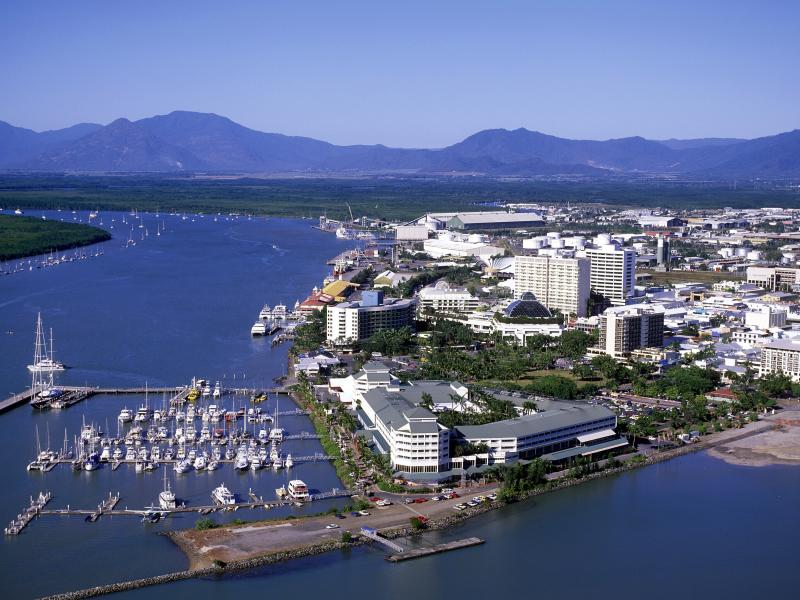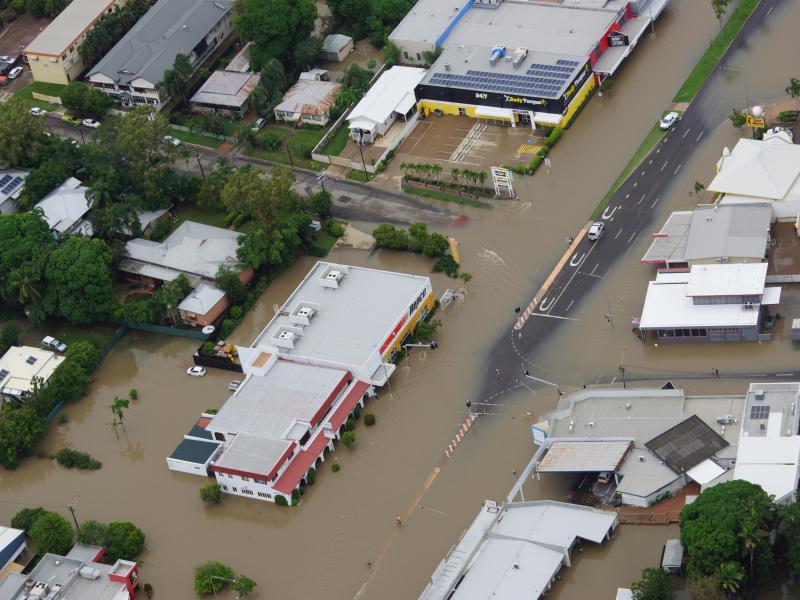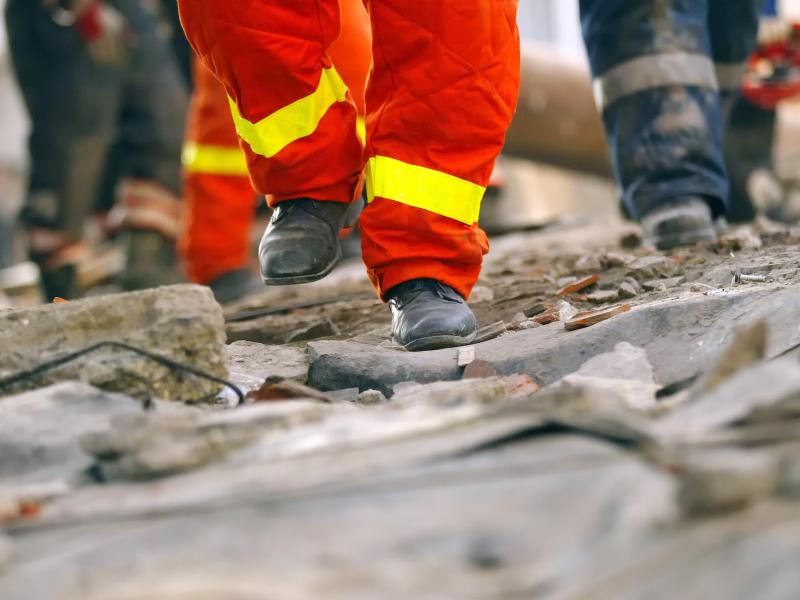Australia does not typically experience large earthquakes and on average only experiences a single magnitude 5 (or greater) event each year. Understanding whether you are in an earthquake prone area is important so that you can take measures to reduce the potential impacts and know what to do during a disaster.
What is an earthquake?
Earthquakes are the vibrations caused by rocks breaking under stress. The underground surface along which the rock breaks and moves is called a fault plane. Depending on the size of the earthquake, strong and potentially destructive ground shaking may occur up to tens or even hundreds of kilometres from an earthquake epicentre.
Know your risk
University of Queensland research indicates that Queensland’s highest earthquake hazard areas are located along the populated eastern coast and near offshore regions. Earthquakes with magnitudes of less than 3.5 seldom cause damage. The two largest recorded earthquakes in Queensland were Gladstone in 1918 with a magnitude of 6.3, and Gayndah in 1935 measuring a magnitude of 6.1.
Damage and impact
The impact of earthquakes is dependent on their scale as outlined below.
| Magnitude | Intensity and impacts |
| 2.5 or less | Usually not felt, but can be recorded by seismograph |
| 2.6 to 5.4 | Often felt, but only causes minor damage |
| 5.5 to 6.0 | Slight damage to buildings and other structures |
| 6.1 to 6.9 | May cause a lot of damage in very populated areas |
| 7.0 to 7.9 | Major earthquake, serious damage |
| 8.0 or greater | Great earthquake, can destroy communities near the epicentre |
Earthquakes can trigger secondary events such as landslides, tsunamis and fires caused by downed power lines and ruptured gas mains.
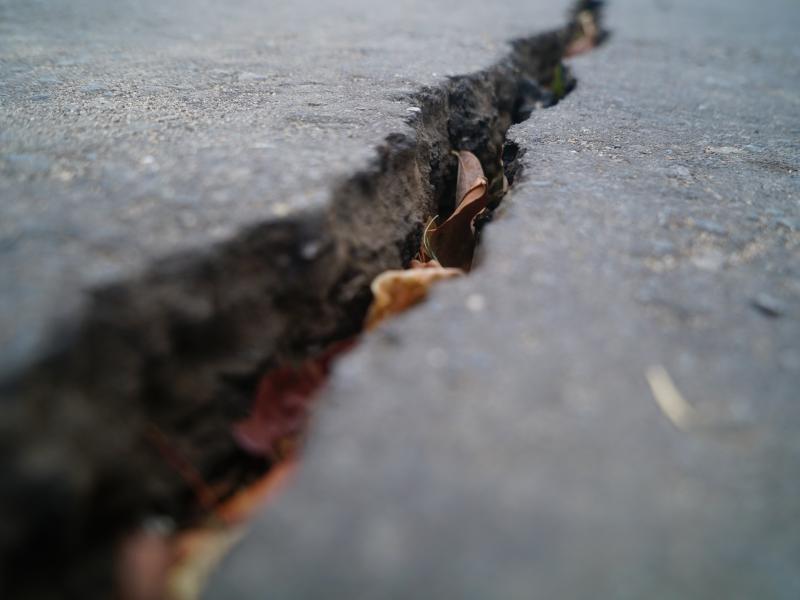
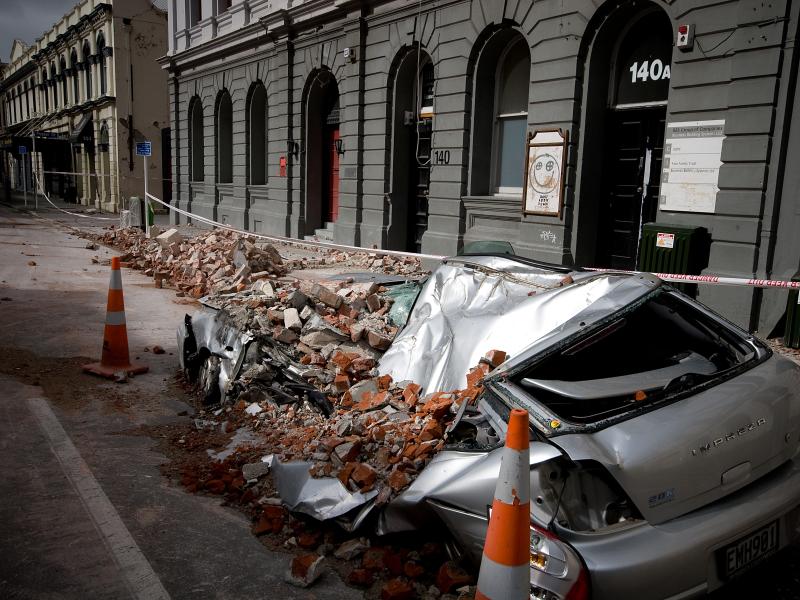
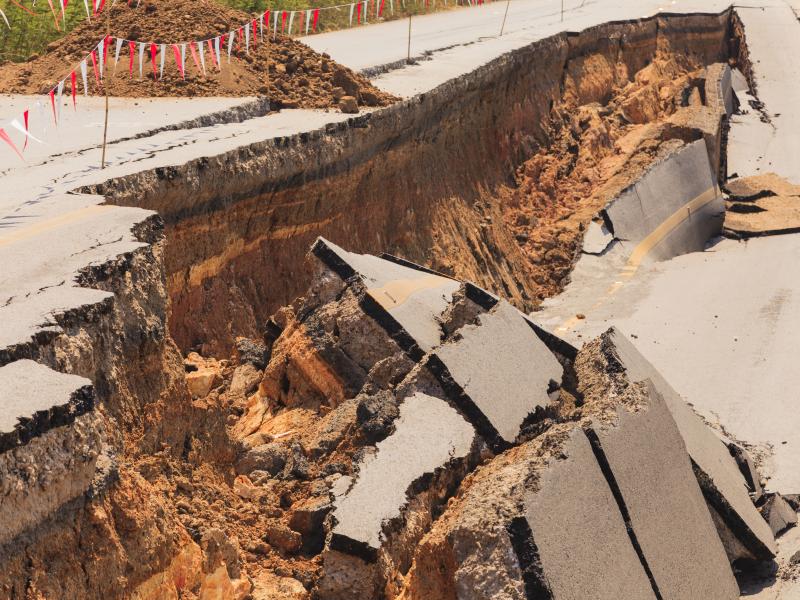
Steps to reduce the impact of earthquakes
Take the following steps to reduce your risk before an earthquake.
Find out more and Get Ready
Check out these other pages and resources to help you Get Ready.
